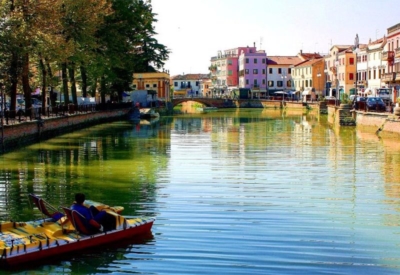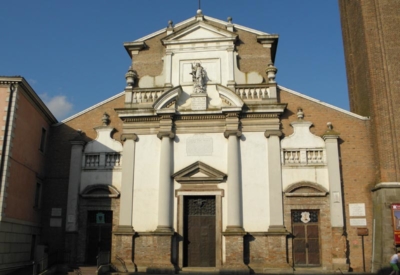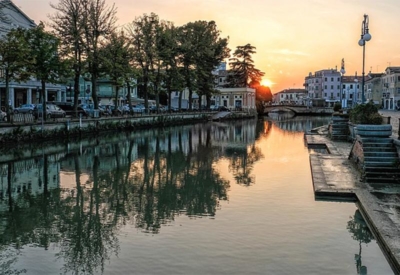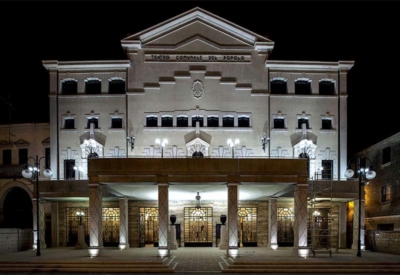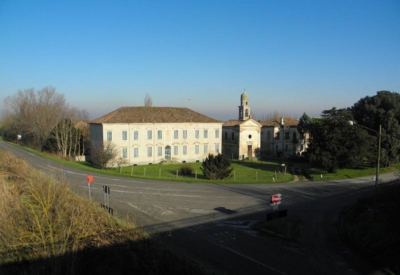ADRIA
Adria gave its name to the Adriatic Sea near which it once stood. The origin of the name Adria is, however, uncertain. There are several hypotheses, mainly linked to legends. Due to its strategic position near the sea and numerous waterways, Adria became a communications and trade hub. between the 4th and 5th centuries BC, so much so that the Greeks made it their main trading place, the end of the ‘amber route’ from northern Europe. In the second half of the 6th century, the Etruscans arrived and helped consolidate the flourishing trade activities, coexisting peacefully with the people already settled there. After 49 B.C.E. Adria became a Roman municipality under the Camilia tribe and experienced an age of new splendour.
In the 1st century B.C.E. the area saw two important consular roads built: the Via Annia and the Via Popilia. Between the 5th and 7th centuries C.E., after a brief Gothic domination, Adria came under the rule of the Byzantines and was annexed to the Exarchate of Ravenna. Towards the end of the year 1000 Adria became an autonomous municipality. From the 13th to the early 15th century, it came under the rule of the Este family and then under the Venetian Republic, which ruled until 1797, the year the French arrived in Italy.
Venetian rule left its mark on houses, streets and hydraulic works, the most important of which is undoubtedly the ‘Taglio di Porto Viro’ (1604) suggested by Luigi Groto from Adria, known as the ‘the blind man of Adria’. After French and Austrian rule, Adria became part of the Kingdom of Italy in 1866.
Worth Visiting
The Basilica of Santa Maria Assunta
The Cathedral
Teatro Comunale and Teatro Ferrini
Palazzo Bocchi
Villa Mecenati
The National Archaeological Museum
The Cathedral Museum
Don’t Miss
Po Delta Regional Natural Park

